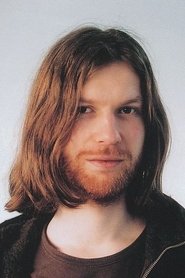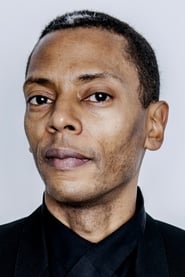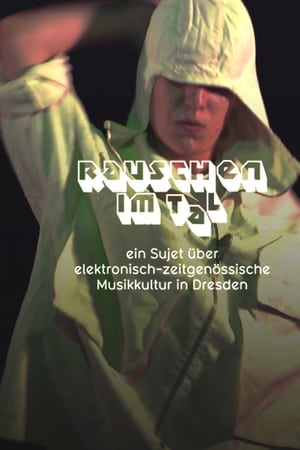Universal Techno
Top 8 Billed Cast

Universal Techno
HomePage
Overview
This French-produced 1996 documentary is an hour-long piece covering the history of techno music from Detroit to Berlin Sheffield.
Release Date
1996-10-22
Average
0
Rating:
0.0 startsTagline
Genres
Languages:
EnglishKeywords
Similar Movies
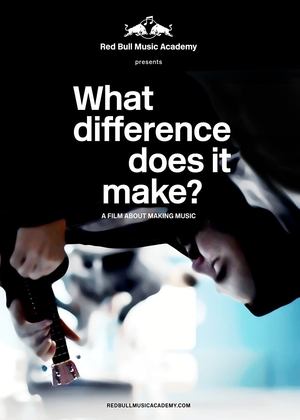 5.1
5.1What Difference Does It Make?(en)
A documentary that explores the challenges that a life in music can bring.
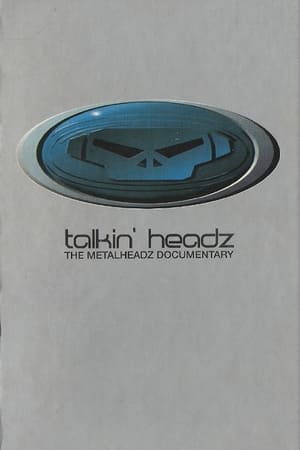 7.0
7.0Talkin' Headz(en)
The Metalheadz Documentary is an intimate and immediate account of a Drum & Bass label poised for world domination. DJs and producers talk openly of the artistic freedom they enjoy, how the label has evolved to represent such a diverse musical scene and why moving forward and pushing the boundaries is so vital. These names have created a global phenomenon and here talk for the first time of how it was achieved, where it's at and what the future holds.
 0.0
0.0El sueño(fr)
In an apartment, a party is in full swing. Sitting on a sofa, Perez is hypnotized by a group of four girls facing him.
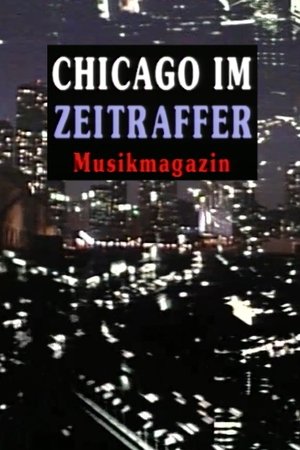 0.0
0.0Chicago in Time Lapse(en)
"At the beginning of the 19th century there is no Chicago. There was a fort that was set on fire by Indians shortly thereafter. Later, the turbulent expansion of a settlement began, which became a center for the immigrant workforce, traditional industry, slaughterhouses, and, in 1941, armaments for war. The Windy City on Lake Michigan is the fastest changing city in the world. This 35mm Arriflex film time-lapse footage is annotated with classic techno cuts and information about the tunnels under Chicago, the slaughterhouses, organized crime, Sears & Roebuck catalogs and other peculiarities of this strange city."
 6.9
6.9Berlin Calling(de)
A man tours clubs around the globe with his manager and girlfriend. On the eve of their largest album release he is admitted to a psychiatric clinic after overdosing at a gig.
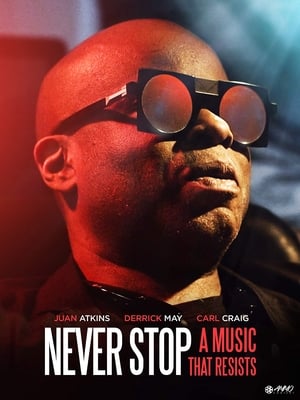 5.5
5.5Never Stop: A Music That Resists(en)
Featuring the pioneers of techno music Juan Atkins, Derrick May, Carl Craig, and Jeff Mills, Never Stop takes us into the fascinating universe of techno labels in Detroit. This film highlights the deep roots of the creation, more than thirty years ago, by each of the African-American pioneers of techno music, of their own record labels.
 0.0
0.0Free Party: A Folk History(en)
The film follows the inception of the movement, a meeting between ravers and the new age travellers during Thatcher's last days in power, and the explosive years that followed, leading up the infamous Castlemorton free festival in 1992 - the largest ever illegal rave, which provoked the drastic change of the laws of trespass with the notorious introduction of the Criminal Justice Act in 1994.
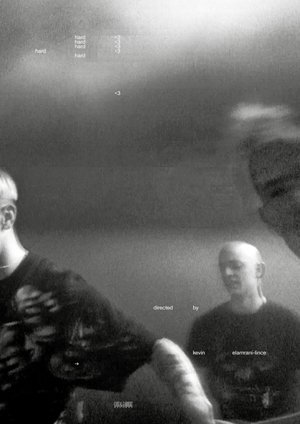 0.0
0.0Hard ♡(fr)
Since 2013, the Casual Gabberz collective has been storming dancefloors and the stages of the biggest festivals with its gabber surge, that hardcore techno sound born in Holland in the 90s. Until a virus causes the planet to go haywire. And triggered an existential crisis within the collective.
 0.0
0.0Massive Attack and Portishead: Live at Bristol Academy 2005(en)
Back in February of 2005, Massive Attack and Portishead shared the stage for the first time ever whilst preforming live as a part of the fund raising concert for the Tsunami Crisis in Asia @ the Bristol Academy.
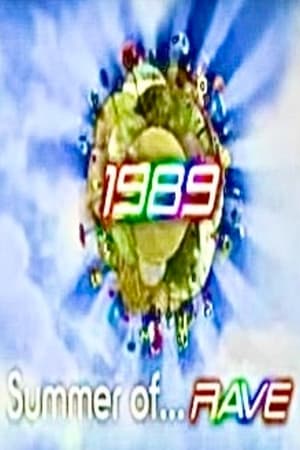 7.5
7.5The Summer of Rave, 1989(en)
In the final days of the yuppie decade, the summer of ’89 saw a new type of youth rebellion rip through the cultural landscape, with thousands of young people dancing at illegal Acid House parties in fields and aircraft hangars around the M25. Set against the backdrop of ten years of Thatcherism, it was a benign form of revolution, dubbed the Second Summer of Love – all the ravers wanted was the freedom to party… The rave scene, along with the drug Ecstasy, broke down social barriers and even football hooligans were ‘loved up’, solving a problem the government had never managed to crack. But lurid tabloid headlines and cat-and-mouse games with the police eventually turned the dream sour, as the gangster element moved in at the end of the summer.
 4.0
4.0Propeler - subkultúry mládeže(sk)
The concept for the film was developed based on sociological research conducted as part of the Youth Subcultures conference in collaboration with the Institute of Sociology of the Slovak Academy of Sciences. The film’s core value lies in its ability to provide an inside look at selected subcultures, achieving an exceptional level of engagement with their members. The filmmakers managed to break through the participants' initial reluctance to openly discuss their experiences. The documentary directly addresses key aspects of these subcultures, including drugs, faith, and personal beliefs. It focuses on six specific groups: the techno scene, graffiti artists, antifascists, religiously oriented youth, skinheads, and young people inspired by Eastern spirituality. The film includes footage from illegal rave parties, graffiti sessions, and other underground activities. Overall, the documentary serves as an insightful map of Bratislava’s contemporary alternative scene.
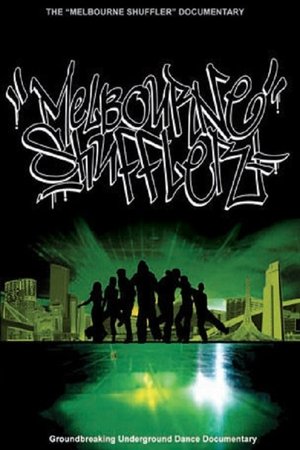 9.8
9.8Melbourne Shuffler(en)
Dance music has spread across the world transcending religious & racial barriers connecting to the hearts and souls of millions. People have always felt the rhythm of music and have as a result evolved countless dance styles throughout the ages. Beginning in the late 80's in Melbourne's underground dance music party scene, a revolutionary freestyle dance began to grow and has now developed into the most unique and robust underground dance style since the birth of Breakdancing. The Melbourne Shuffle has no set steps but encourages individuality and imagination, incorporating dance moves from numerous styles such as miming, popping & locking, liquid and breaking.
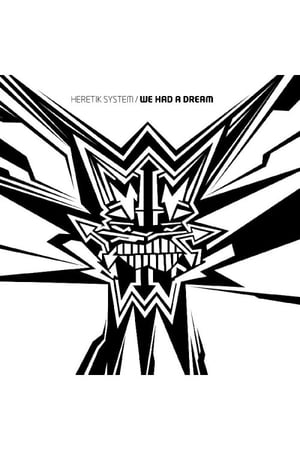 5.3
5.3Heretik System: We Had A Dream(fr)
The film traces over 10 years of uninhibited activism by this modern tribe, from the first underground parties to the temples of showbiz society. The Heretik have climbed all the way to the legendary Olympia concert hall in Paris. Immerse yourself in the tormented intimacy of a leading counter-culture band.
X-Coast Deejay Academy - Nu Style / Desert Storm(en)
In a mockumentary style reality show, we follow X-Coast aka Bojan Cizmic going over the world and marketing his X-Coast Deejay Academy. On his travels he meets various known alumni from the techno scene. But when trouble starts, return to homeland is the best solution.
 0.0
0.0All this Roughness(es)
An unnamed passer-by is forced to trace a circular route inside an abandoned tram station, facing loss and time. The broken walls act as a channel, transmitting fragmentary, blurred and analogical memories.
Moby From the Basement(en)
Collaborating with a cellist and a superb trio of vocalists (featuring Inyang Bassey), an unassuming Moby transforms several hit songs in an illuminating performance filmed for Nigel Godrich’s “From the Basement” series.
 0.0
0.0Synth & Beyond(en)
New Order's Stephen Morris and Gillian Gilbert unpack a playlist of electro, pop and new wave classics spanning four decades. Stephen and Gillian have been married for 24 years and have been in New Order together for even longer, but they still manage to surprise one another with their musical tastes. While Stephen declares Captain Beefheart an early influence, Gillian confesses her teenage love for a disco classic. During an hour of top tunes, Stephen also reveals the moment he was mistaken for Stevie Wonder, and Gillian recalls how her Dad was a fan of punk. From Kraftwerk to Can, David Bowie to Kate Bush, Magazine to Grace Jones and many more, this stellar playlist by Stephen and Gillian is brimming with iconic performances.
